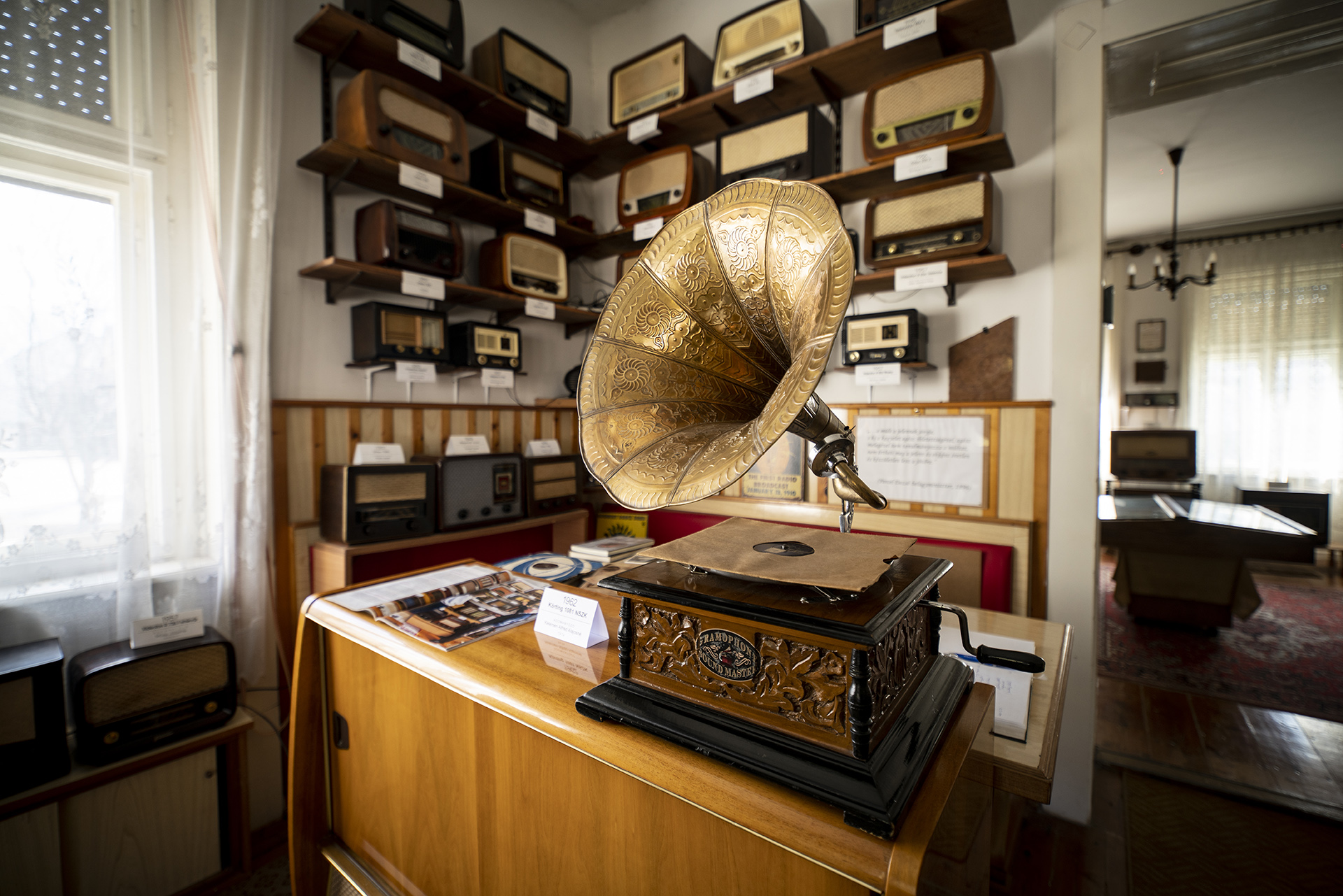Permanent Exhibition of Old Radios - Tardos
András Tarnóczy, who has installed the Radio Museum in his family home, has been welcoming visitors to Tardos since 2001. Currently, the collection has 130 functional, renovated or restored equipment, which is the result of 24 years of collecting work. The continuously expanding collection contains both Hungarian and foreign equipment from the 1920s - except for transistor and semiconductor radios - until the 1970s (when the cathode-ray radios stopped selling). The collection became the property of the Kuny Domokos Museum in Tata in October 2016.

Collection of Stamped Bricks - Baj
The collection, which is dr. Béla Herczig's property, numbers about 15,000 pieces today, started about 30 years ago.
There were very few sources of information about the origin of the signs and monograms on the bricks, as well as about the brick making process itself. The Monarchy Stamped Brick Collectors Association was established with the aim of collecting, preserving, documenting, presenting and deciphering, ie decoding the stamped bricks which are representing significant local and industrial history. As a result of this activity, they can provide data and information about the history of the last 400 years of brick making in Hungary through the brick stamps.
The brick stamps are linked to the upper-class and noble society of Hungary, to the dignities of the church, to eminent events, to the industrial revolution in Hungary which started after the Austro-Hungarian Compromise of 1867, to the symbols of the people, in a word: history. In this sense, we can state that brick stamps can be considered a kind of Hungaricum: nowhere else have been used similar amounts of brick stamps, nowhere else have been used so diversely the names of ecclesiastical and secular personalities and historical events on brick stamps, as in Hungary.
Roman Castellum and Settlement – Iža
Roman military camp Celemantia is located 7 km east of Komárno in the village of Iža, on the bank of Danube. There are no doubts that the Romans during their greatest territorial expansion came to the far North and crossed the Danube river. A memento of their former presence is also a military camp Celemantia that originated near the village of Iža during the reign of Emperor Marcus Aurelius. The camp was part of the famous border defense system Limes Romanus, which however fell in the year 179 after the raid of Germanic tribes.

